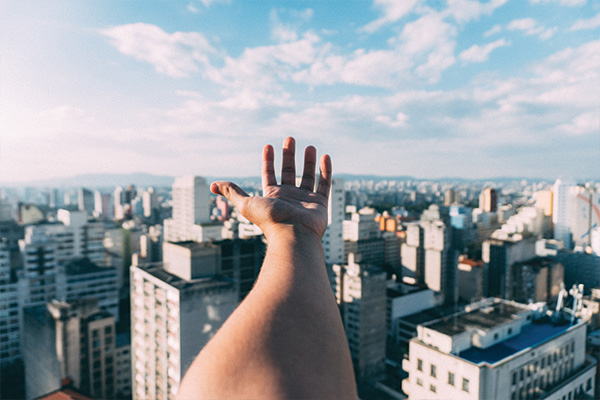For decades, clothing has been known to safeguard your skin from the sun’s rays. Parts of our bodies that are covered by clothes can appear lighter than those often exposed to the sun. So clothing does not only make us look great, but it also acts as a sunscreen.
Clothing allows us to safely hide our skin from getting burned by the sun’s ultraviolet rays (UV Rays). Sun Protection Factor (SPF) clothing, also known as Ultraviolet Protection Factor (UPF) sun-protective clothing, is stylish, breathable, and can cover any parts of the body that sunscreen can’t.
Is SPF clothing good enough? Do I still need sunscreen? To sunscreen or not to sunscreen? The answer to these questions is SPF clothing helps reduce any effects of the sun on the covered parts, yet you still need sunscreen for the areas exposed to the sun. The best protection comes from the combination of UPF andSPF elements in your clothing and skin cream.

Factors to Consider for the Best SPF/UPF Clothing
UPF measures the amount of UV radiation that can reach the skin through a fabric. UV radiation can be further divided into UVA, UVB, and UVC. The Skin Cancer Foundation labels a fabric with a UPF of at least 30 with a seal of recommendation. If the UPF is between 30 and 49, it is considered good protection. If it’s at 50 plus, it is considered excellent. UPF numbers on your clothing are like SPF numbers on your sunscreen.
Any clothing can be considered sun-protective if the skin is covered; the main factors to consider are colors, weaving, and the kind of fabric. Darker colors, tighter weaves, and synthetic fibers do a fantastic job blocking any harmful rays. Clothing with a UPF rating is designed to provide protection naturally. UPF measures both UVA and UVB, while SPF measures only UVA.
The following factors can serve as a guideline on your next shopping trip:
Color: The darker and brighter the color, the better. Darker colors are known to absorb rather than allow penetration, providing better protection.
Creation: Densely created fabrics such as denim and wool provide better protection when compared to lighter and thinner materials. You can check how safe a fabric is by holding it to the light. Seeing through the fabric means penetration of UV rays is easy.
Fit: A loose fit is considered better than tight-fitting clothing. Tight-fitting clothing tends to stretch, reducing fabric thickness, making your skin easily accessible to the sun.
Content: This looks at the composition of your fabric. Unbleached cotton naturally absorbs. Shiny nylons and lightweight satin silk are also great because radiation is reflected. Materials treated with UV chemical absorbers are also highly recommended.
UPF Labels: Some clothing now has UPF labels that show the UPF level, so looking out for that label will assist you.
Activity: What you will be doing in the outfit and the activities you participate in are also significant factors. If you get wet and the material is stretchy, the fabric will likely lose its ability to protect against UV rays.
Coverage: How much of your body the outfit covers is essential. The more skin covered by it, the better it will keep that sunburn away.
Specific Items to Wear to Maximize Sun Protection
I have selected a couple of my personal favorites that have helped save my skin over the years. There are specific items that maximize protection against the sun’s rays and UV radiation, namely:
Wide-brimmed hats- By being wide, this item provides coverage for the upper body with minimal effort. You can be assured that your face and shoulders will be safe from sunburn.
Long, loose-fitting maxi dresses- The loose-fitting nature of the dress allows you to experience freedom and fashion all in one item.
Long-sleeved dark and brightly colored shirts – These can be paired with anything, like a maxi or mini skirt. Remember to cover your legs with sunscreen or a pair of pants.
Outfits made out of denim- Naturally, denim is a heavy and thick fabric that provides sufficient protection. So wear those fashionable jeans and jackets.
Tracksuits- These are mostly created with thick, loose-fitting material and provide enough protection from the sun.
Close-toed shoes – These shoes provide better protection from the sun than a pair of sandals or slippers. So put on your tennis shoes and enjoy the comfort.
Finally
Even if our bodies are mostly covered with clothing, it is still essential to select the best sunscreen. Combining a big hat with a bright-colored t-shirt and a densely woven pair of pants with slippers for a day at the beach can provide you with decent sun protection. Just remember to get a great bottle of sunscreen to cover your exposed feet and hands for complete coverage.
Above all, protecting our skin from the sun helps prevent skin cancer. Grabbing that perfectly planned outfit and sunscreen will help.









